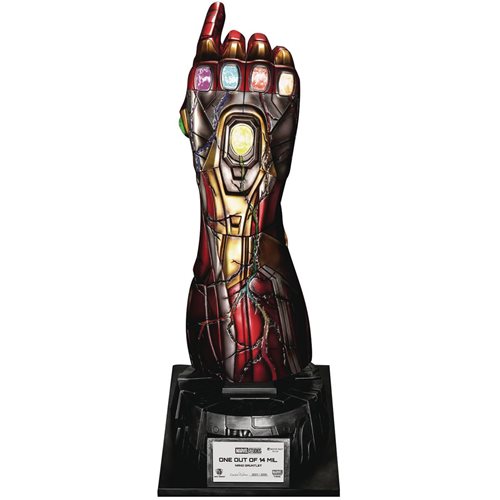**UPDATED With Steve Schklair Of 3ality Technica Thoughts - Peter Jackson On HFR: "There Can Only Ever Be A Real Reaction... When People Actually Have A Chance To See A Complete Narrative..."
 ** SAME DAY UPDATE: I reached out to Steve Schklair of 3ality Technica for his thoughts on the subject as Peter Jackson is using their 3D rigs on his production.
** SAME DAY UPDATE: I reached out to Steve Schklair of 3ality Technica for his thoughts on the subject as Peter Jackson is using their 3D rigs on his production.
It was only a matter of time until we would have heard from Peter Jackson on THE HOBBIT and it the so-called negative reaction to 48 frames per second frame rate. That time has come.
And the man makes total sense. Here's what Jackson had to say:
"Nobody is going to stop. This technology is going to keep evolving. At first it’s unusual because you’ve never seen a movie like this before. It’s literally a new experience, but you know, that doesn’t last the entire experience of the film; not by any stretch, after 10 minutes or so. That’s a different experience than if you see a fast-cutting montage at a technical presentation."
"There can only ever be a real reaction, a truthful reaction when people actually have a chance to see a complete narrative on a particular film."
"A couple of the more negative commenters from CinemaCon said that in the Gollum and Bilbo scene [which took place later in the presentation] they didn’t mind it and got used to that. That was the same 48 frames the rest of the reel was. I just wonder if it they were getting into the dialogue, the characters and the story. That’s what happens in the movie. You settle into it."
Further, Dan Fellman, Warner Bros. President of Domestic Distribution added:
"It might not initially be accepted by all, but eventually [Jackson] feels it will be and eventually it can only improve. I think by the time he presents this film finished, the majority of moviegoers will accept it and be pleased."
If you would like some further reading on why High Frame Rates (HFR) are important for 3D, check out this great article by Shutter Angle. It explains why these advancements in cinema technology walk hand in hand toward better and better viewer experiences.
Martin Scorsese wonders whether or not this whole HFR backlash thing is a generational gap. I tend to agree with that - younger audiences will be quicker to accept and immerse themselves in it.
My view is quite simple really. I subscribe to the aspiration of the perfect viewing experience - one where you can't tell what's real and what's not. Quite frankly, the holodeck from Star Trek TNG is what I'm talking about. Being IN the movie. 3D and HFR are incremental steps toward that goal and I support these movements 100%.
Here's the storyline for THE HOBBIT: AN UNEXPECTED JOURNEY:
The Hobbit is an upcoming two-part epic fantasy film directed by Peter Jackson. It is a film adaptation of the 1937 novel of the same name by J. R. R. Tolkien and prequel to The Lord of the Rings film trilogy. Jackson, director of The Lord of the Rings, returns as director of the film and also serves as producer and co-writer. The film will star Martin Freeman as Bilbo Baggins and Richard Armitage, known for playing Lucas North in the BBC drama series Spooks, as Thorin Oakenshield. Several actors from Jackson's The Lord of the Rings film trilogy will reprise their roles, including Ian McKellen, Andy Serkis, Hugo Weaving, Cate Blanchett, Christopher Lee, Ian Holm, Elijah Wood, and Orlando Bloom. Additionally, composer Howard Shore, who wrote the score for The Lord of the Rings film trilogy, has confirmed his role in both parts of the film project. The two parts, entitled The Hobbit: An Unexpected Journey and The Hobbit: There and Back Again, are being filmed back to back and are currently in production in New Zealand; principal photography began on March 21, 2011. They are scheduled to be released on December 14, 2012 and December 13, 2013, respectively.


